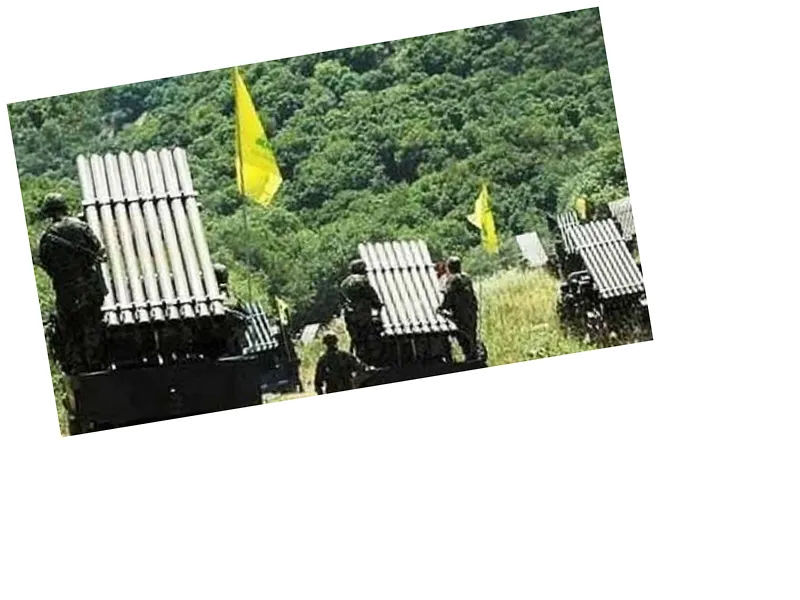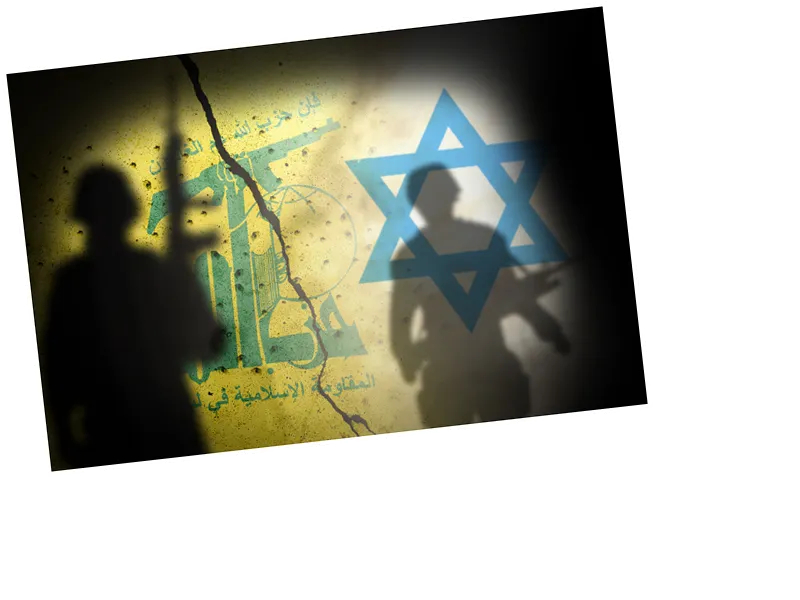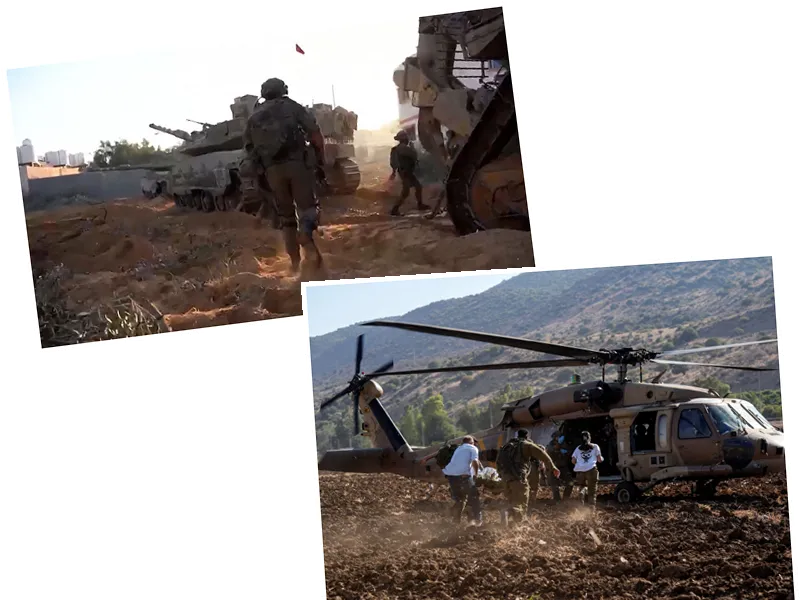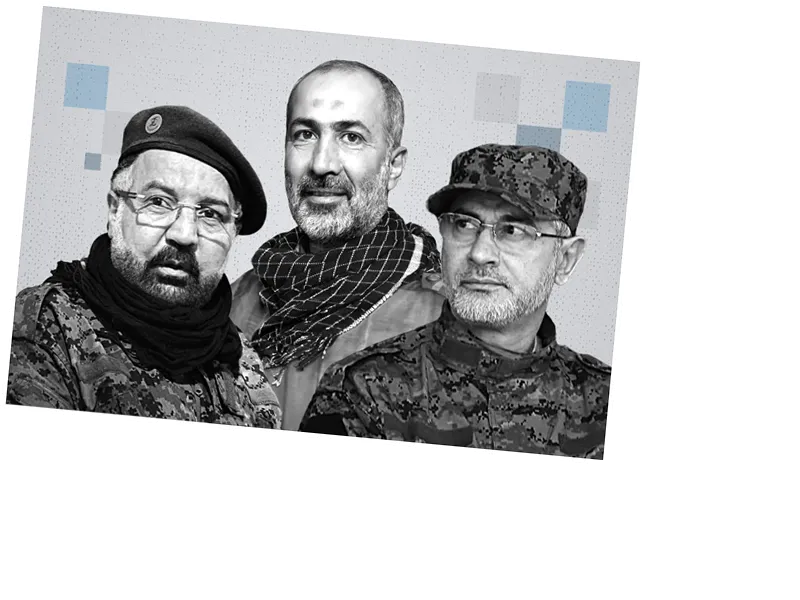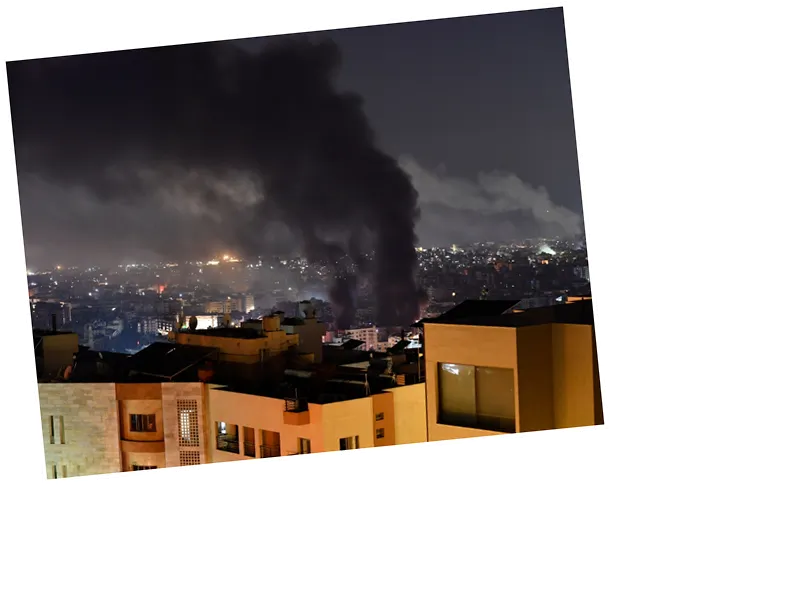Evolution of Hezbollah-Israel Confrontations: A Historical Overview
The confrontations between Hezbollah and Israel have a long-standing history, tracing back several decades with notable military operations initiated by Israel against Lebanon. The timeline includes significant events such as Operation Litani in 1978, the 1982 invasion, and the destructive July 2006 war. The 2006 conflict marked a pivotal moment, resulting in extensive destruction in southern Beirut and Lebanon, with approximately 1,300 Lebanese casualties and the displacement of a million people. Recent escalations in military confrontations have reignited tensions, particularly following the onset of Hamas's Operation “Noah’s Flood” in October 2023, which prompted Hezbollah to launch attacks from the southern front.
Current Military Dynamics and Capabilities
Since the 2006 war, Hezbollah has significantly enhanced its military capabilities. Researcher Ali Ahmad notes that Hezbollah's missile range has expanded beyond Haifa, now reaching key Israeli cities like Afula and Acre. The number of Hezbollah fighters has reportedly increased to between 12,000 and 14,000, marking a substantial growth in military strength. Additionally, advancements in missile technology and drone capabilities pose a considerable threat to Israeli security, compelling Israel to alter its military strategies and intensify its operations across various Lebanese regions, including previously untouched areas of Beirut.
Shifts in Alliances and Internal Dynamics
The internal political landscape in Lebanon has also evolved since 2006. While Hezbollah faced opposition from various Lebanese factions during the July War, current sentiments appear to have shifted, with increased support from Sunni and Christian communities in light of the recent confrontations. The absence of a sitting president and the current caretaker government complicate the political dynamics, yet Hezbollah's alliances remain crucial as it navigates the ongoing conflict. The interplay of regional alliances, particularly Iran's involvement, suggests a potential for broader conflict, highlighting significant changes in the geopolitical landscape since the last major confrontation in 2006.
